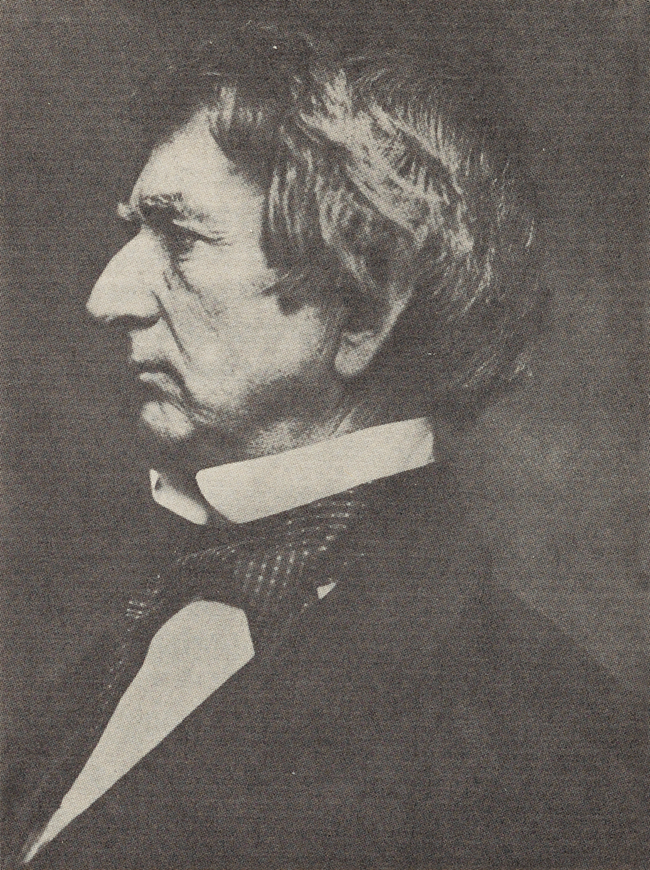Four generations distinguished in politics, the military, banking, and law.
William Henry Seward IV (1895-1962)
In the town of Auburn, New York, amid the hills and valleys of the beautiful Finger Lakes, Dr. Samuel S. Seward built a home for his family in 1816. That house became the home of four generations of men who bore the distinguished name of Dr. Seward’s famous son, William Henry Seward, secretary of State in Abraham Lincoln’s cabinet and the man who negotiated for the purchase of Alaska by the United States.
The first paternal ancestor of the illustrious family to come to America was Obadiah Seward, who arrived during the reign of Queen Anne in the early 18th century and settled in Chester, New York. In 1801, the first William Henry Seward was born in Florida, New York. At age 9, he was sent to an academy in Goshen, New York, and by the time he was 15, he was ready for college. It was then that his father built the family home at 33 South Street in Auburn.
William was sent to Union College in Schenectady, from which he graduated in 1820 with honors. After teaching for a year in the South, he moved to New York City, where he studied law. In 1822, he was admitted to the bar. William returned to Auburn and established a law partnership with Judge Elijah Miller. In 1824, the 23-year-old attorney married Judge Miller’s daughter, Frances. While he worked hard at his practice, William soon showed an interest in politics and a flair for oratory. In 1830, he was elected to the State Senate. Four years later, he was defeated in his bid for governor of New York, but in the next election, in 1838, the 37-year-old politician became New York’s 12th governor.
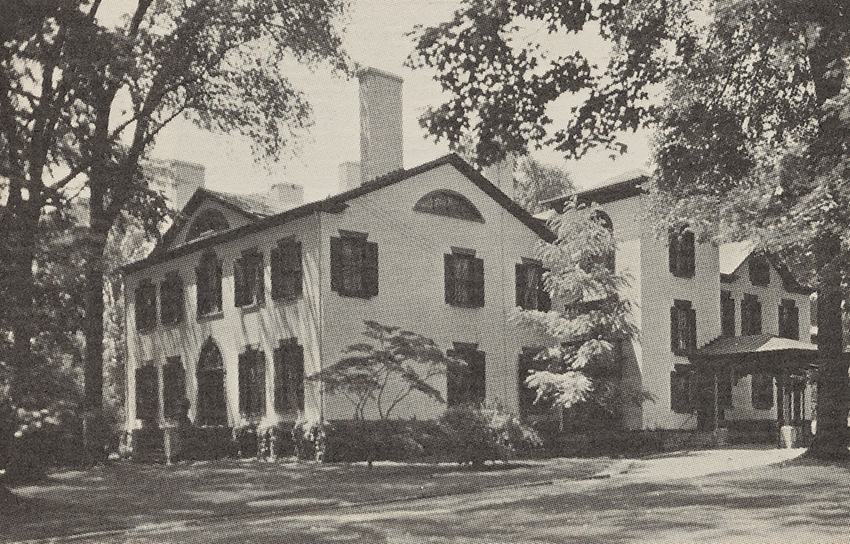
Seward’s political success continued. He was re-elected governor in 1840. Nine years later, he was elected to the U.S. Senate, and in 1855, he was returned for a second term. In 1860, Seward was a candidate for the presidential nomination, but he was defeated by Abraham Lincoln. When Lincoln was elected, he made Seward his secretary of State, a post he held from 1861 to 1869. Seward was known as an outspoken opponent of slavery.
At the time of Lincoln’s assassination in 1865, Seward, too, was marked for death. However, he had been thrown from his carriage not long before the attempt was made on his life, and the casts and bandages from the injuries he had sustained in that accident helped save him from his attackers. Eventually, Seward’s health and vigor returned, and under the administration of Lincoln’s successor, Andrew Johnson, Seward negotiated for the purchase of Alaska from Russia for $7,200,000. At the time, the acquisition was castigated as “Seward’s Folly,” and he died in 1872 before Alaska had lived down that reputation.
William Henry Seward Jr. was born in the family home in Auburn in 1839, while his father was governor of New York. He was the youngest of three sons. He was educated privately in Auburn and later studied in Washington, D.C., In 1860, at age 21, he married Janet M. Watson. That same year, he established the banking firm of William H. Seward & Company. But his career was soon interrupted by the outbreak of the Civil War. When he enlisted in 1862, William was commissioned a lieutenant colonel of the 138th New York Volunteers. Later, he was promoted to colonel. He was severely wounded at the battle of Monocacy, in Maryland. Cited for “having acted with rare gallantry,” Seward was promoted to brigadier general in September 1864. A short time later, his son, whom he named William Henry Seward III, was born in Auburn.
The young general resigned from the army in June 1865 and returned to his home in Auburn, where he resumed his banking career. In addition to his own firm, he was a trustee of the Cayuga County Savings Bank. Although he had little of his father’s interest in politics, he did serve as president of the New York Electoral College in 1888. He died in 1920 at age 80.
William Henry Seward III, born on November 10, 1864, while his father was fighting in the Civil War, grew up in the family home in Auburn with his two sisters. In 1888, he graduated from Yale University with a bachelor’s degree. He remained at Yale to study law, was admitted to the New York bar in 1890, and in 1894 he entered the Auburn firm of Underwood, Storke, Seward & Elder. He remained with the firm until 1945, when he began an independent practice that continued until his death.
In 1893, the year before he entered the partnership, he married Anna Dennis Myers of Auburn. Two years later, on May 4, 1895, a son, their only child, was born. The proud parents, delighted at the continuation of the line for another generation, named him William Henry Seward IV.
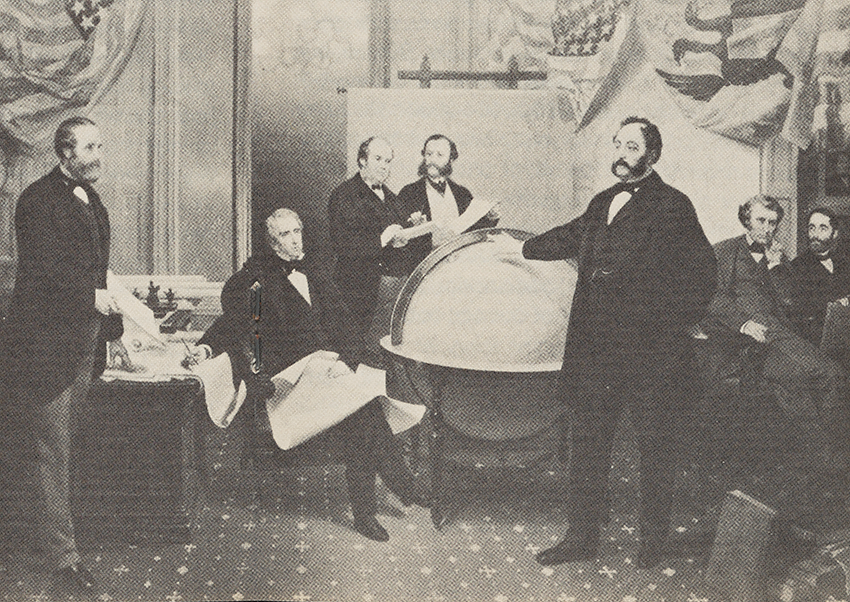
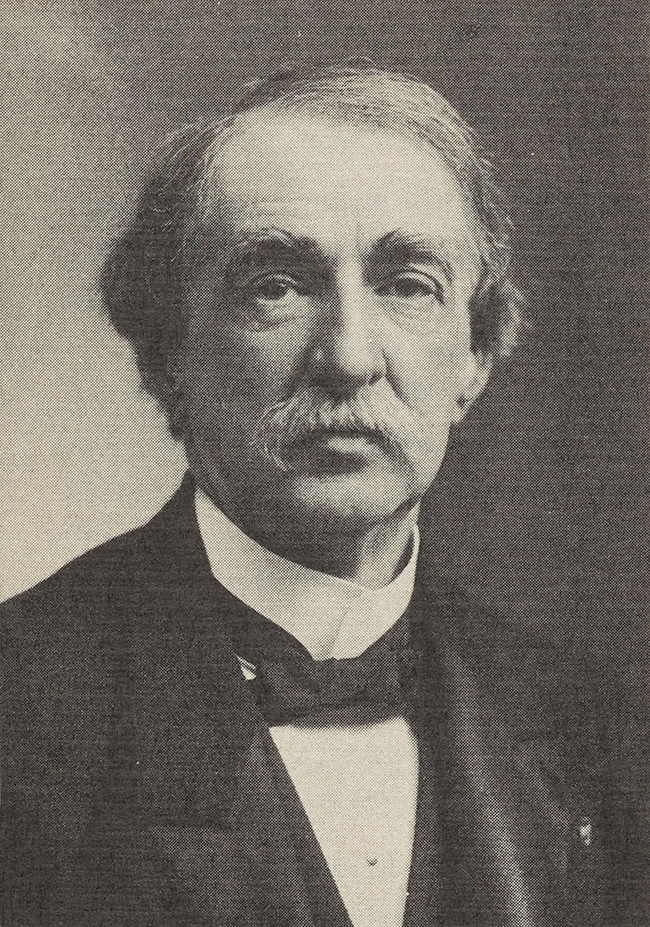
In addition to the law, William Seward III enjoyed a career in banking. He joined his father’s bank as a partner in 1891. In 1920, he was made a senior partner and president. He was also a trustee of the Auburn Savings Bank for half a century, from 1901 until 1951, and rose to the presidency by 1938. Active in public life as well, William Seward III served as trustee of the Auburn City Hospital and of the Seymour Library Association. He arranged that, at the time of his death, Seward House, which had been the Seward family home for 135 years, would be opened to the public. William Henry Seward III died in 1951 at age 87. The Seward House Museum, which is open to the public, is complete with furnishings and offers visitors a glimpse of 19th-century American life.
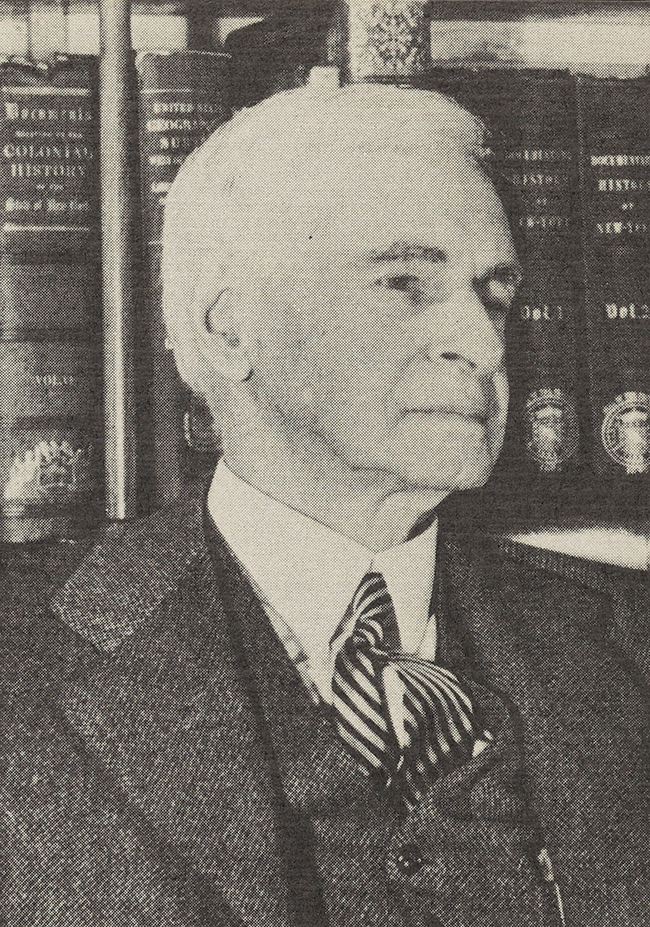
Like his father, grandfather, and great-grandfather, William Henry Seward IV grew up in the family home on South Street. Bill was an only child, and from earliest childhood he seemed destined to spend much of his life alone. He grew to be a tall, good-looking young man, but he usually kept to himself. The fourth of a line of dynamic, gregarious men who distinguished themselves in politics, the military, banking, and law, young Bill had few of their outgoing qualities. Rather, he was shy and found social relationships difficult. But he did possess a great deal of courage and determination.
He was sent to St. Paul’s School in Concord, New Hampshire, to prepare for college, and in 1914, he entered Yale University. He joined the crew team and, to please his family, a few other organizations at Yale. In his junior year, he enrolled in the Reserve Officers Training Corps.
With a war going on in Europe, Bill’s attentions were drawn away from studies and sports. In May 1917, Seward enrolled as a volunteer with the Norton-Harjes Division of the American Red Cross Ambulance Corps. An emergency appendectomy kept him from leaving for Europe immediately, but the next month he was able to sail for France. During that summer and fall, he was in active service with Section 60, which distinguished itself in the big offensive known as the Second Battle of Verdun. He and all the members of Section 60 received citations from the French Army for their work during the battle.
In November 1917, Bill Seward returned to the United States to train for a commission. He rejoined his class at Yale and entered the Naval Training Unit. When he was rejected because of a slight physical impairment, he again left college and underwent corrective surgery. The following spring, he enlisted in the Naval Auxiliary Reserve.
When the war ended, Bill decided not to return to Yale, where the class of 1918 had already graduated. Instead, he joined William H. Seward & Co., one of the country’s last private banks, which his grandfather had founded in 1860. He remained as a partner for a number of years.
It seemed to his family that Bill might remain a bachelor. But on August 6, 1937, at age 42, he surprised friends and relatives by marrying Almeda Broun in New York. Unfortunately, the marriage lasted only half a dozen years and ended in divorce. There were no children.
After his father’s death in 1951, William retired from the banking business. Having adequate means, he traveled a great deal. During his journeys he met Laura Detwiller, and in 1955, at age 60, they married. The Sewards settled in an apartment in Palm Beach, Florida, where they lived a quiet, pleasant life. At last, Bill seemed to have found the life that satisfied him.
But, sadly, Laura Seward died in August 1960, leaving Bill alone and lonely once again. Two years later, on July 4, 1962, he died suddenly, at age 67. With his death, a name that had distinguished the development of America passed into history.
From his youthful days as an ambulance driver, Bill Seward had shown a deep desire to help others. Because of his innate shyness, the chances of fulfilling that desire during his lifetime seemed to be few. But his will provided the opportunity to share his abundance with others. Perhaps it was a measure of his shyness that, although all in his family knew him as William H. Seward IV, he used the less formal “Jr.” in giving his name to his fund.
